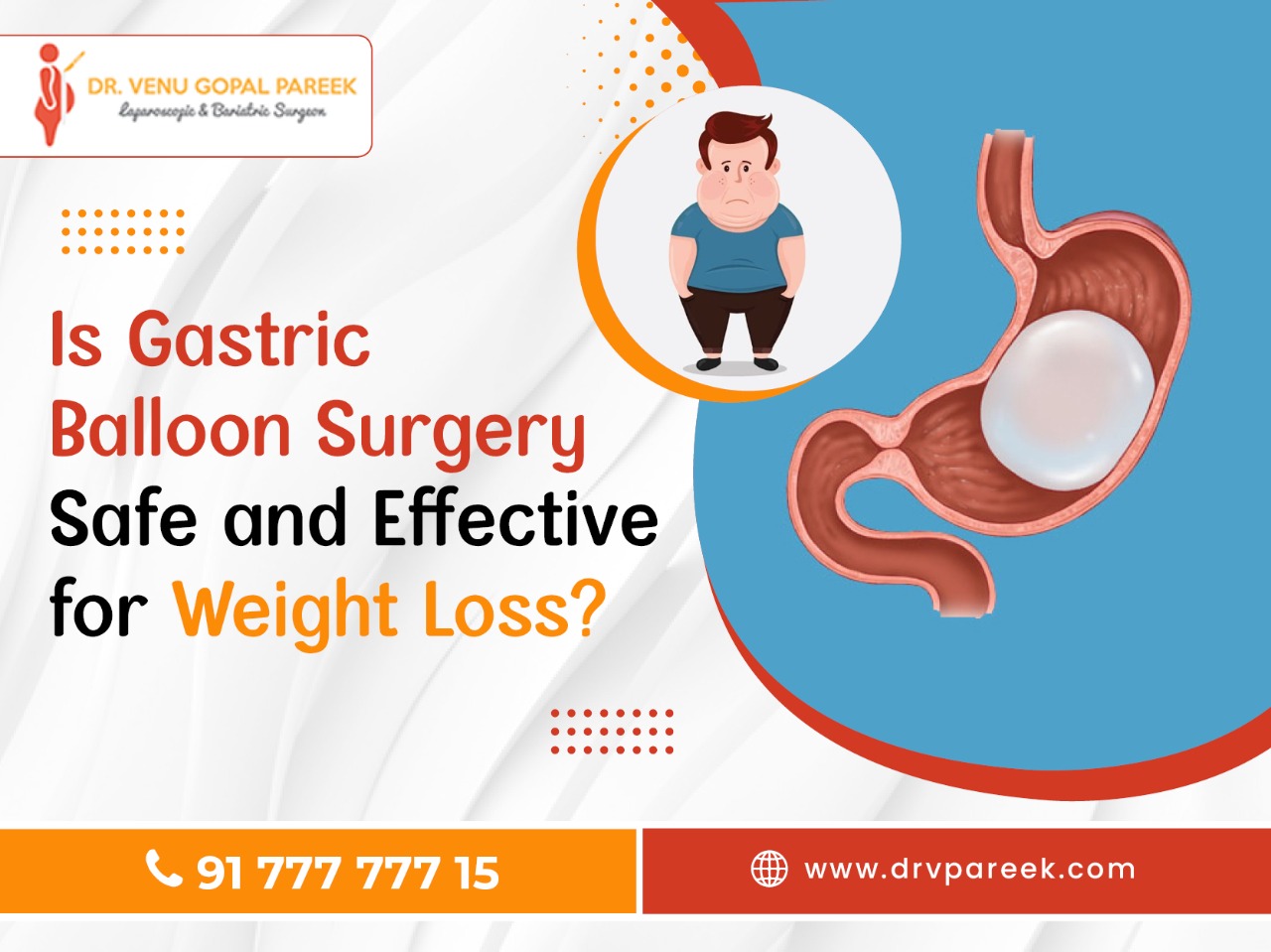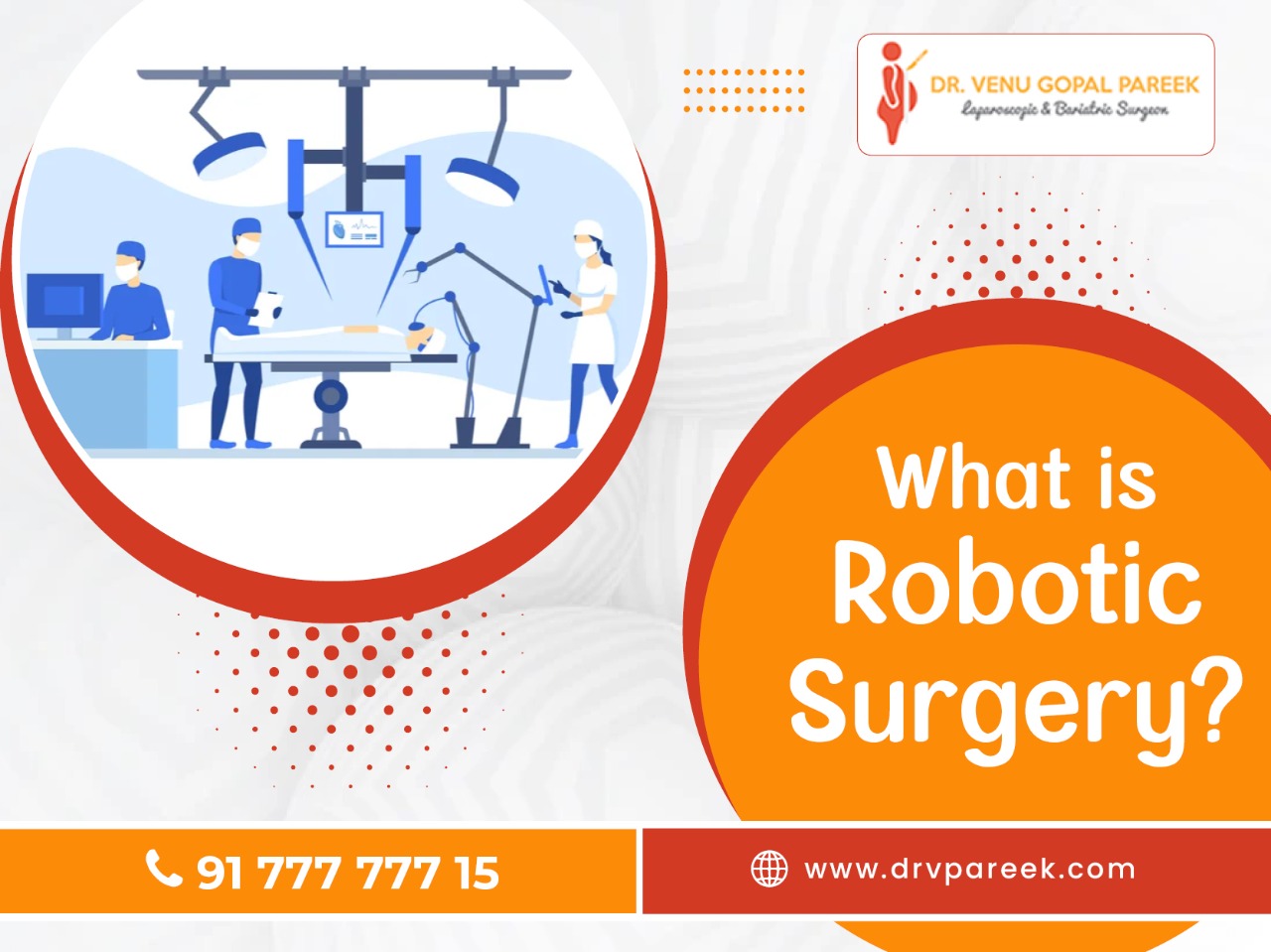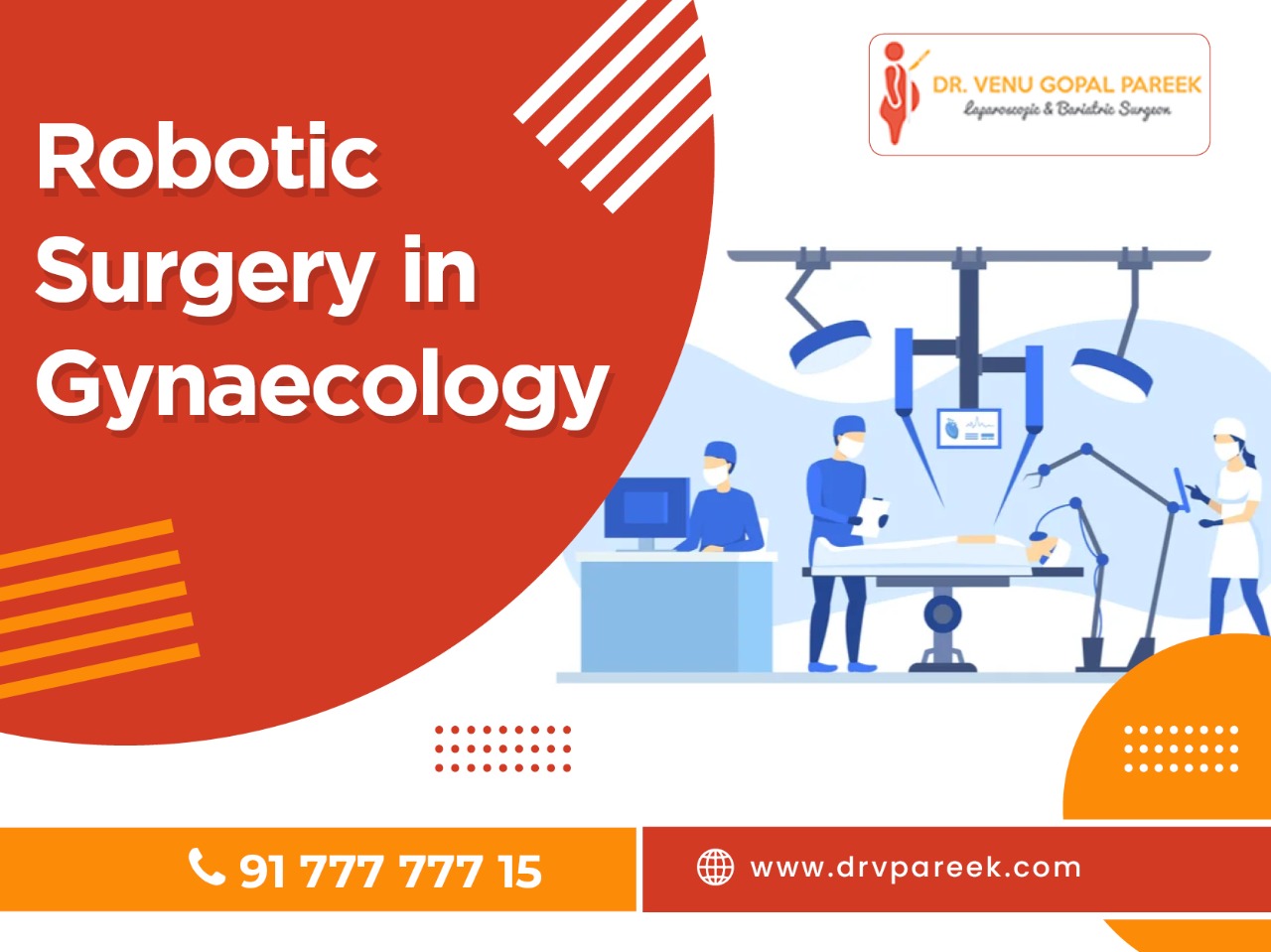Is Gastric Balloon Surgery Safe and Effective for Weight Loss?
Weight loss with fluid-filled intragastric balloons is safe and effective regardless of the individual's BMI or age. Despite being relatively new, gastric balloons are one of the most effective ways to lose weight. An inflatable balloon is temporarily inserted into the stomach during the procedure. As the balloon occupies some space in your stomach, the amount of food you can consume is limited. Furthermore, it increases the feeling of fullness. Despite
What is Robotic Surgery ?
Robotic surgery, often called robot-assisted surgery, is a type of surgical procedure performed using robotic systems. They are known for performing various complex surgeries with more accuracy, flexibility and control, which may not be possible in traditional techniques. The goal of developing robotic-assisted surgery was to overcome the drawbacks of minimally invasive surgical procedures and to improve the skills of doctors practising open surgery. Robotic surgery is mainly associated with invasive
Bariatric Surgery: Laparoscopic Surgery vs. Robotic Surgery
The bariatric surgery procedure has undergone a great deal of advancement over the past few decades that have improved its safety and effectiveness. Suppose you meet a surgeon like Dr. Pareek; he may offer you a choice between robotic bariatric surgery and laparoscopic bariatric surgery. If you are not familiar with the differences between the two, you may wonder what they are. This article will make you understand the differences.
Dietary Guidance after Intra-gastric Balloon Insertion
The Intra-Gastric Balloon (IGB) is a Non invasive weight loss procedure that makes the patient feel fuller, even just having a small meal. The procedure works similarly to sleeve gastrectomy by restricting the capacity of the stomach. However, a spherical balloon like object is utilized to fill some area in the stomach instead of removing a section of it surgically. The intra-gastric balloon surgery is a process where a soft silicone/Polyurethane
Robotic Surgery in Gynaecology
Over the past 30 years, minimally invasive surgeries (MIS) have been regarded as the most significant surgical advancement. The procedure transformed surgical practice with significant benefits over conventional open surgery: decreased surgical trauma and complications related to cuts, such as infections at the site of incision, pain post surgery and hernia, less hospital stay, and improved aesthetic results. The introduction of robotic surgery in gynaecology marked a significant shift in surgical






